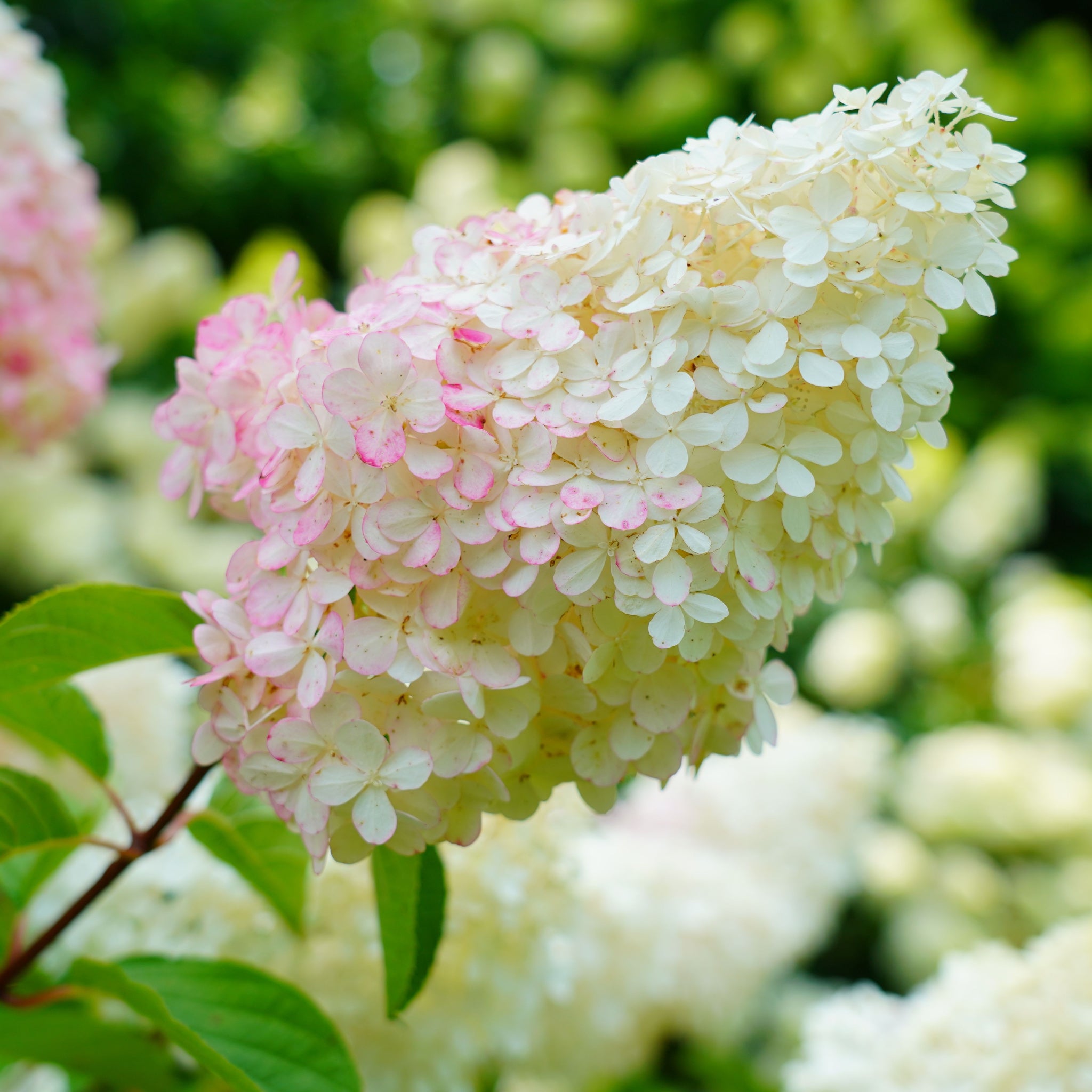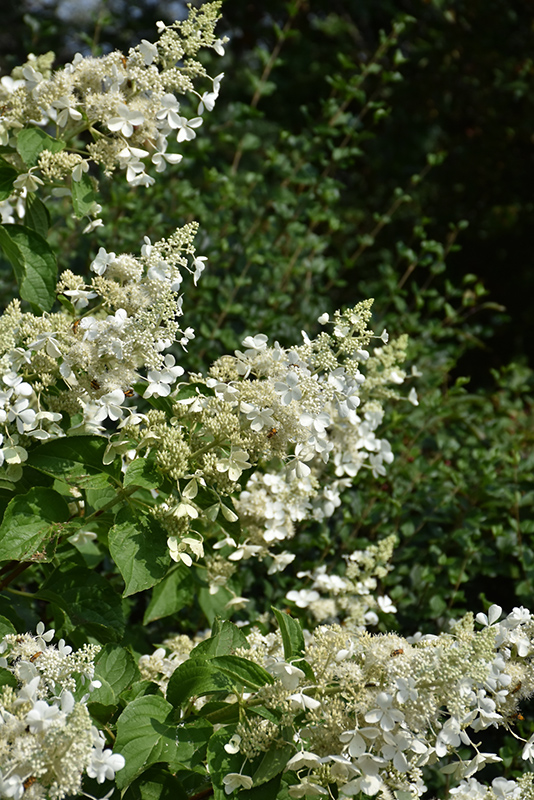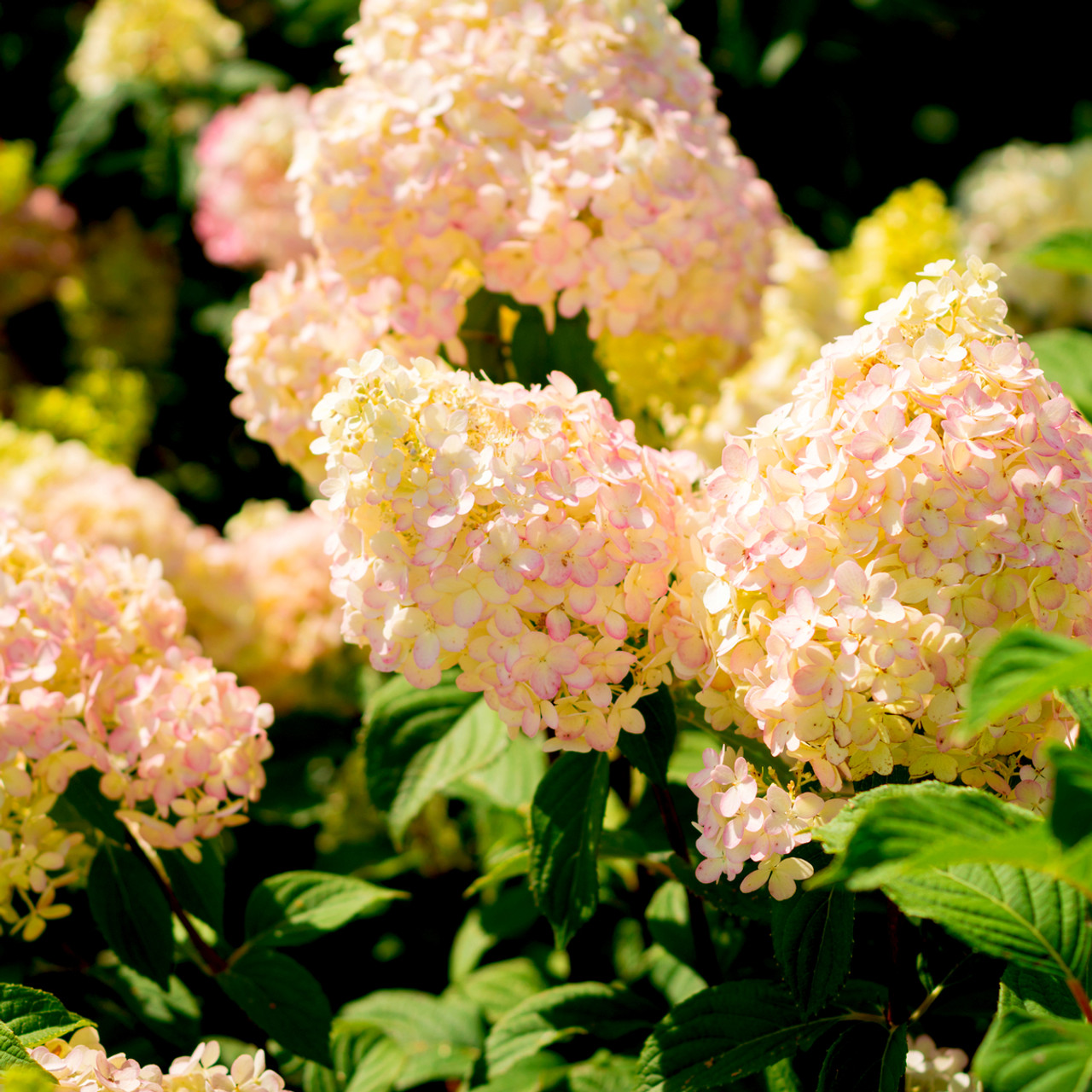The Paniculata Pink Lady: The Ultimate Guide To This Gorgeous Flower
The Paniculata Pink Lady: The Ultimate Guide to This Gorgeous Flower
The paniculata pink lady is a beautiful and versatile flower that can add a touch of elegance to any garden. With its large, fluffy blooms and sweet fragrance, it's no wonder that this flower is a popular choice for gardeners around the world.
In this guide, we will take a closer look at the paniculata pink lady, covering everything from its history and origins to its care and cultivation. We will also provide some tips on how to use this flower in your own garden.
History and Origins
The paniculata pink lady is a type of phlox, a genus of flowering plants that includes over 70 species. Phlox paniculata, the species that the paniculata pink lady belongs to, is native to North America. It was first introduced to Europe in the early 1600s, and it quickly became popular as an ornamental plant.
The paniculata pink lady was first bred in the 1950s by a British nurseryman named Harold Hillier. It is a hybrid of two other phlox species, Phlox paniculata 'David' and Phlox paniculata 'Eva Cullum'.
Description
The paniculata pink lady is a tall, upright plant that can grow up to 4 feet tall. It has slender stems and large, fluffy blooms that are typically pink in color. The blooms are borne in terminal panicles, which are loose, branched clusters of flowers.
The paniculata pink lady has a sweet fragrance that is reminiscent of honeysuckle. It blooms from midsummer to early fall, and it is a magnet for butterflies and other pollinators.
Care and Cultivation
The paniculata pink lady is a relatively easy plant to care for. It prefers full sun and well-drained soil. It is drought-tolerant, but it will appreciate regular watering during hot, dry weather.
The paniculata pink lady is not as susceptible to pests and diseases as some other types of phlox. However, it can be susceptible to powdery mildew, especially in humid climates. If your plant does develop powdery mildew, you can treat it with a fungicide.
Using the Paniculata Pink Lady in Your Garden
The paniculata pink lady is a versatile flower that can be used in a variety of ways in your garden. It can be planted in borders, beds, or containers. It can also be used as a cut flower.
The paniculata pink lady is a great choice for pollinator gardens. It attracts butterflies, bees, and other pollinators, which helps to keep your garden healthy.
The paniculata pink lady is also a great choice for butterfly gardens. It is a favorite food of many butterfly species, including the monarch butterfly.
Conclusion
The paniculata pink lady is a beautiful and versatile flower that can add a touch of elegance to any garden. With its large, fluffy blooms and sweet fragrance, it's no wonder that this flower is a popular choice for gardeners around the world.
If you're looking for a beautiful and easy-to-care-for flower to add to your garden, the paniculata pink lady is a great option. With its long blooming period and attractive flowers, it's sure to add a touch of beauty to your garden for many years to come.
Paniculata Pink Lady is a beautiful hydrangea variety that is known for its large, pink flowers. It is a relatively easy plant to care for, and it is a great addition to any garden.
If you are interested in learning more about Paniculata Pink Lady, I recommend visiting the . This website has a wealth of information about the plant, including its history, care requirements, and pest and disease resistance.
In addition to the website, there are also many other resources available online about Paniculata Pink Lady. You can find articles, blog posts, and even videos about the plant.
I encourage you to do some research before you plant Paniculata Pink Lady in your garden. This will help you ensure that you are providing the plant with the care it needs to thrive.
FAQ of paniculata pink lady
Q: What is Paniculata Pink Lady?
A: Paniculata Pink Lady is a type of phlox plant that is known for its beautiful, pink flowers. It is a hardy plant that can be grown in USDA zones 3-8. Paniculata Pink Lady blooms in mid-summer and can reach heights of up to 3 feet.
Q: How do I care for Paniculata Pink Lady?
A: Paniculata Pink Lady is a relatively easy plant to care for. It prefers full sun and well-drained soil. Water it regularly, especially during hot, dry weather. Paniculata Pink Lady is also a good choice for cut flowers.
Q: What are some common pests and diseases that affect Paniculata Pink Lady?
A: The most common pests that affect Paniculata Pink Lady are aphids, spider mites, and whiteflies. These pests can be controlled with insecticidal soap or neem oil. The most common disease that affects Paniculata Pink Lady is powdery mildew. This disease can be prevented by watering the plant at the base and avoiding overhead watering.
Q: How do I propagate Paniculata Pink Lady?
A: Paniculata Pink Lady can be propagated by division or by seed. Division is the easiest method. To divide a Paniculata Pink Lady plant, dig it up in the fall or spring and separate the roots into several sections. Each section should have at least one healthy crown. Replant the divisions in a sunny location with well-drained soil.
Q: Where can I buy Paniculata Pink Lady?
A: Paniculata Pink Lady is available at most garden centers. You can also find it online.
Image of paniculata pink lady
- Image 1: A full bush of paniculata pink lady hydrangea, with large, pink blooms.

- Image 2: A close-up of a single paniculata pink lady hydrangea bloom, showing the delicate petals and intricate calyx.

- Image 3: A paniculata pink lady hydrangea in a vase, with its blooms cascading over the edge.

- Image 4: A paniculata pink lady hydrangea in a garden, with its blooms surrounded by other flowers.

- Image 5: A paniculata pink lady hydrangea in a pot, on a patio or deck.

Post a Comment for "The Paniculata Pink Lady: The Ultimate Guide To This Gorgeous Flower"